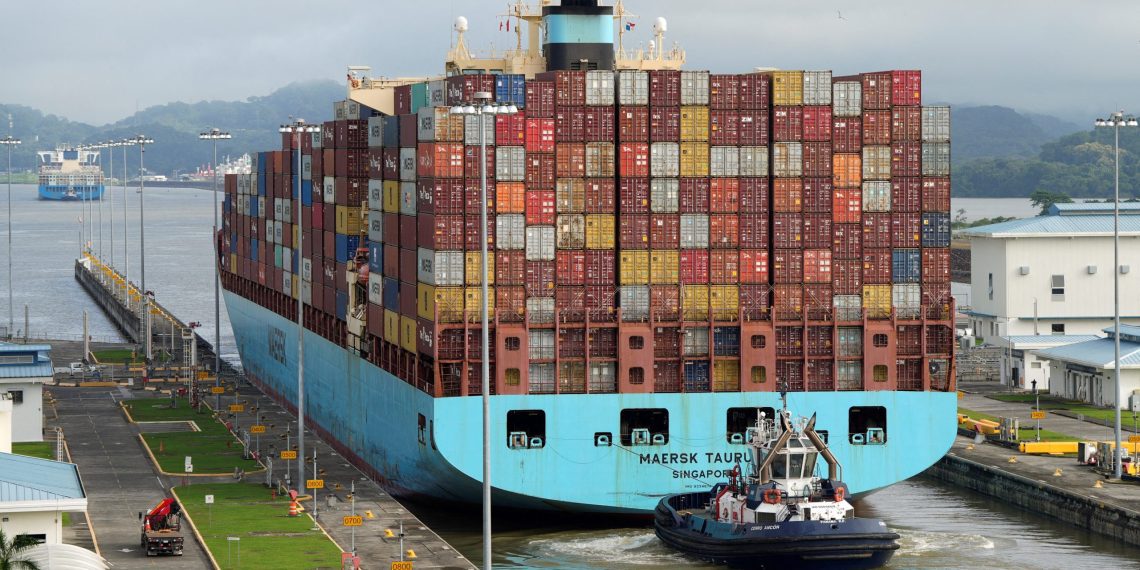The Panama Canal, a vital artery of global trade, has become the center of a geopolitical storm as former U.S. President Donald Trump accuses Panama of imposing “immoral” fees on American ships and warns against the canal falling into “the wrong hands,” hinting at alleged Chinese influence.
In response to Trump’s accusations, a group of Republican congressmen introduced the “Panama Canal Buyback Act” in the House of Representatives, aiming to authorize the White House to negotiate the purchase of the iconic waterway. This move revives decades-old debates over sovereignty and strategic control of one of the world’s most critical maritime passages.
A History of Controversy
Built by the United States and operational since 1914, the Panama Canal was handed over to Panamanian control in 1999 under the 1977 Torrijos-Carter Treaties. However, Trump’s remarks rekindle concerns over U.S. influence in the canal’s operation, particularly as tensions with China continue to mount.
Trump claims Panama’s fees are crippling American commerce and has called for measures to ensure the canal remains accessible and secure. The canal is crucial for shipping between Asia and the eastern United States, avoiding the long route around South America’s southern tip.
Panama’s Defiant Response
Panamanian President José Raúl Mulino swiftly dismissed the proposal, asserting the canal’s sovereignty. “Every square meter of the Panama Canal and its adjacent areas belongs to Panama and will remain so,” Mulino declared on social media, emphasizing that the canal is not for sale. The canal contributes 6% of Panama’s GDP and 20% of its fiscal revenue, making it a cornerstone of the country’s economy and national pride.
China, which has been accused by the U.S. of attempting to expand its influence in Latin America, weighed in through Foreign Ministry spokesperson Mao Ning. Ning reiterated China’s respect for Panama’s sovereignty and dismissed any speculation about undue influence.
Economic Stakes and Strategic Importance
Handling 5% of global maritime trade, the Panama Canal connects over 1,900 ports across 170 countries. Its economic significance was underscored in October when the Panama Canal Authority reported revenues nearing $5 billion for the last fiscal year. This revenue is crucial for Panama’s economy and infrastructure development.
The canal’s value as a geopolitical asset has long attracted global attention. Its strategic location not only boosts trade efficiency but also plays a key role in military and economic planning for superpowers like the United States and China.
A Tense Road Ahead
While Trump and his Republican allies push for a buyback, the political and diplomatic challenges of such a move are immense. Panama’s outright rejection, combined with China’s indirect involvement in regional trade, complicates the scenario.
For now, the canal remains firmly under Panamanian control, but the debate underscores the broader tug-of-war for influence in Latin America, with the Panama Canal once again at the heart of the struggle.









